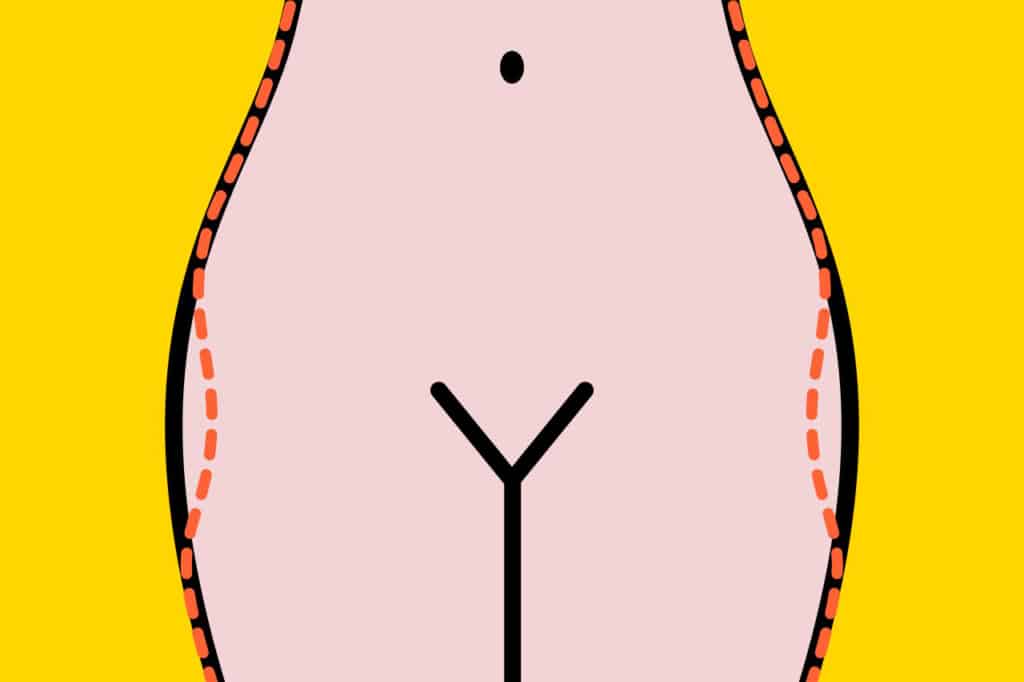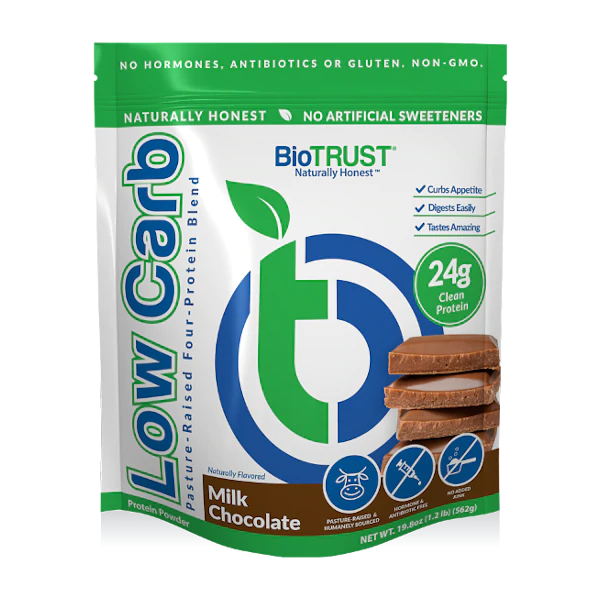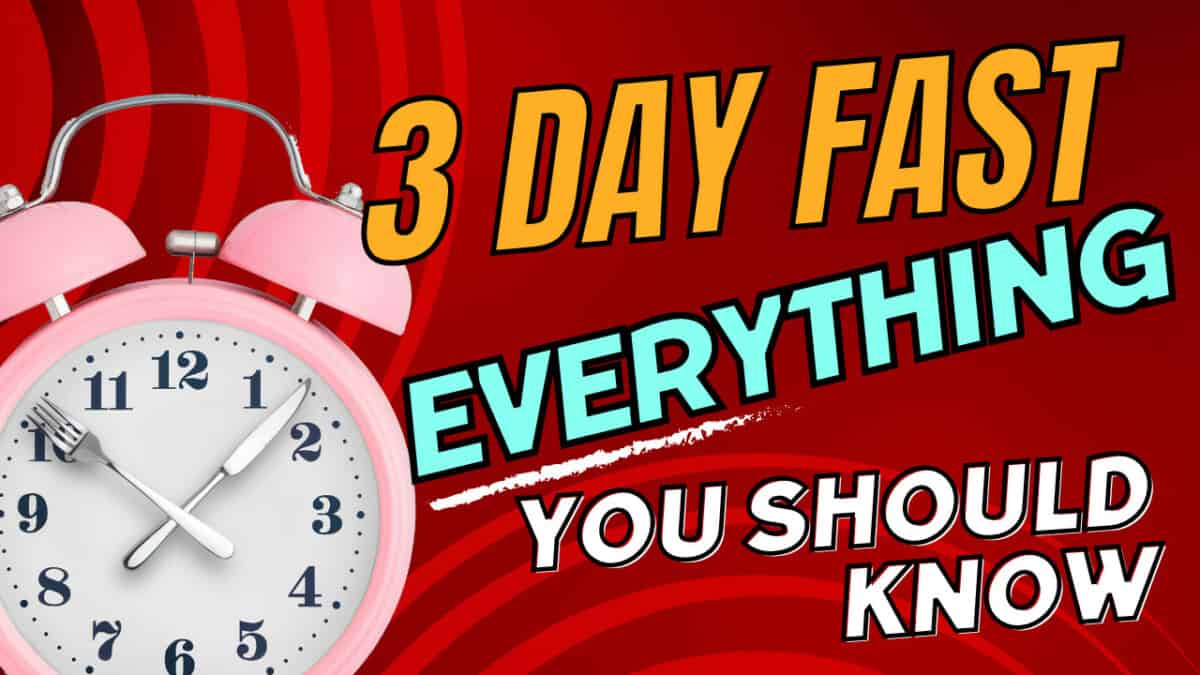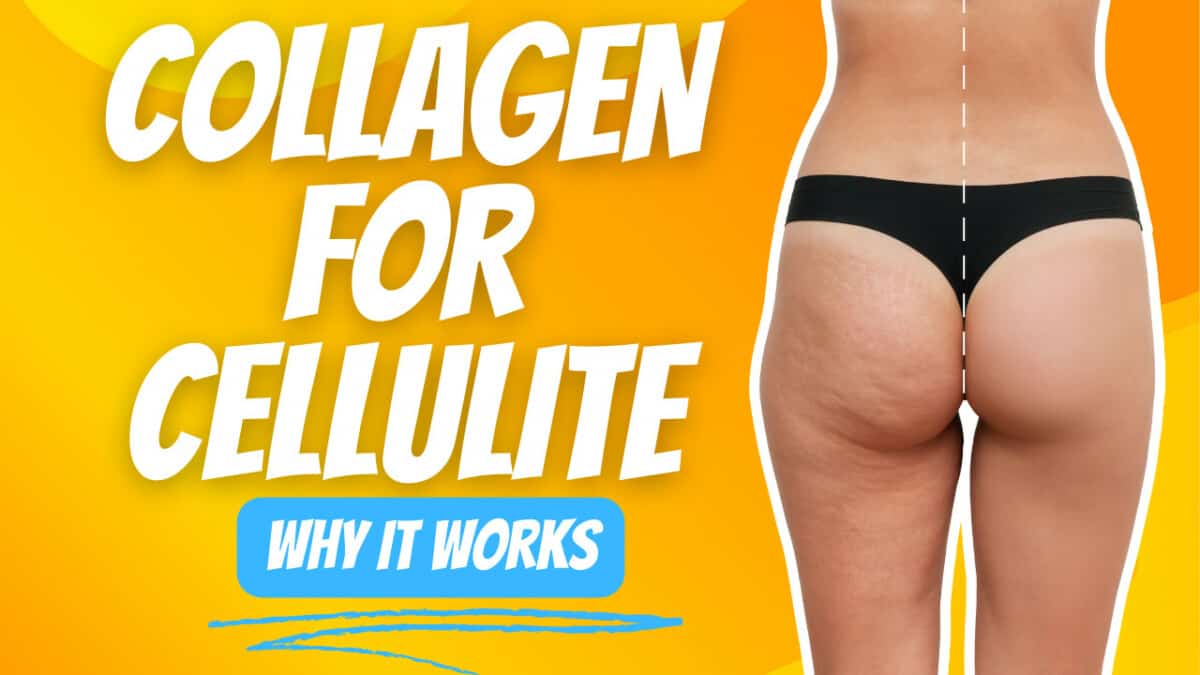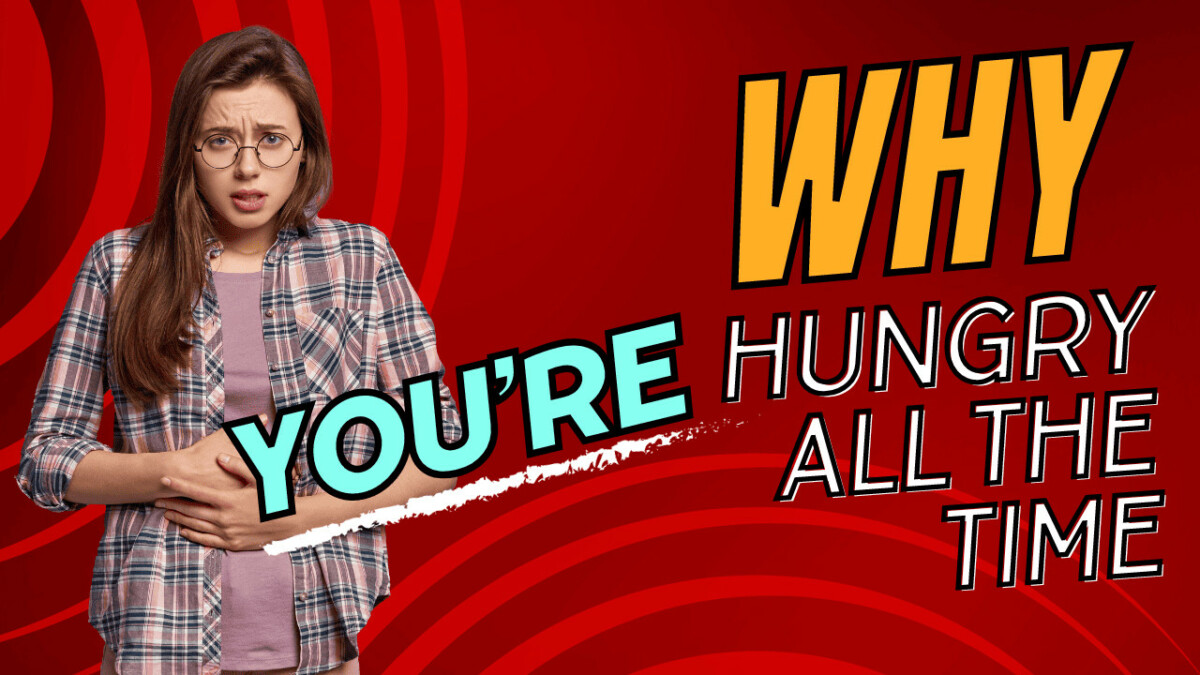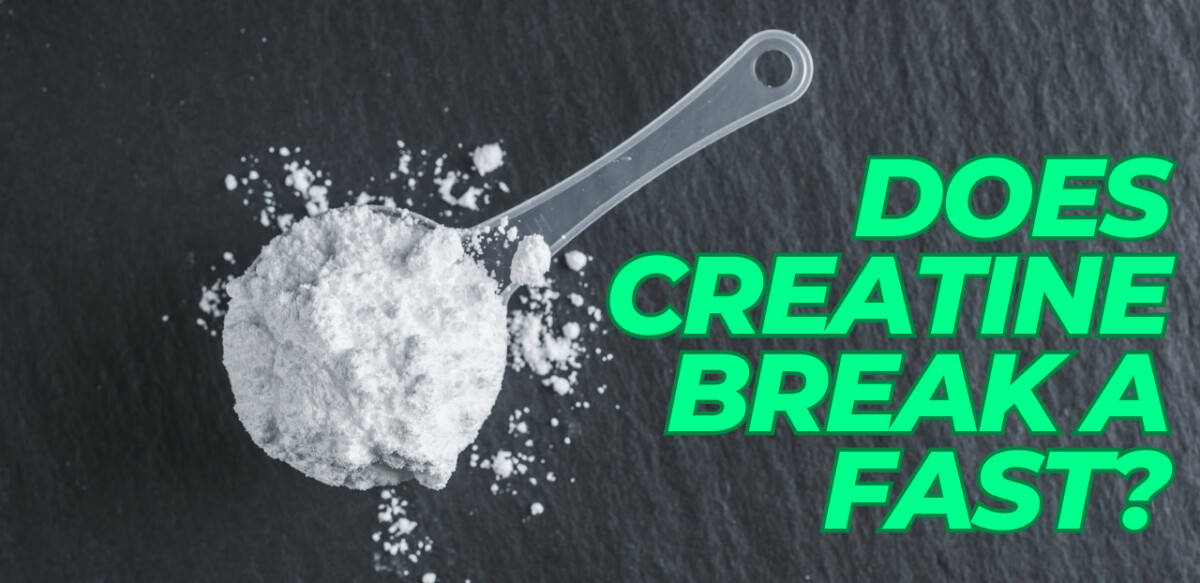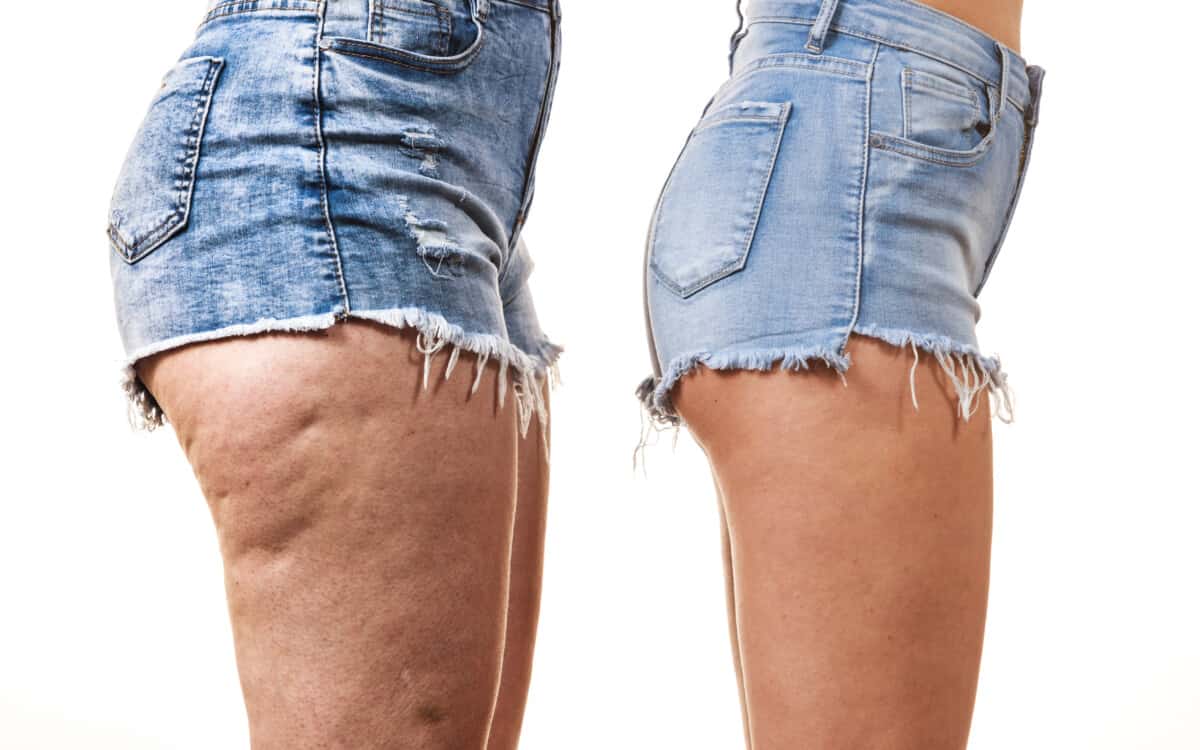Want to know the secret on how to get rid of hip dips fast?
Do you believe some people don’t even know hip dips are a thing? It’s essentially the weird dip on the side of your hip giving them an hourglass shape.
Hip dips are the inward depression on the side of your body right below the hip bone. It might be more pronounced in some than others but you should keep in mind that hip dips are totally normal.
You might also know hip dips as violin hips, hip dents, high hips, and shelf hips. Some women even say when wearing jeans they look like they have a muffin top there.
Hip dips are harmless and can be totally normal but unfortunately, many women hate the look of them and prefer wider fuller hips. The good news is you can permanently fix your hip dips fast, naturally, and without surgery.
Here you’ll find the best ways to get rid of your hip dips so you can finally round out your bum with the fastest and best exercise plan possible.
What Causes Hip Dips?
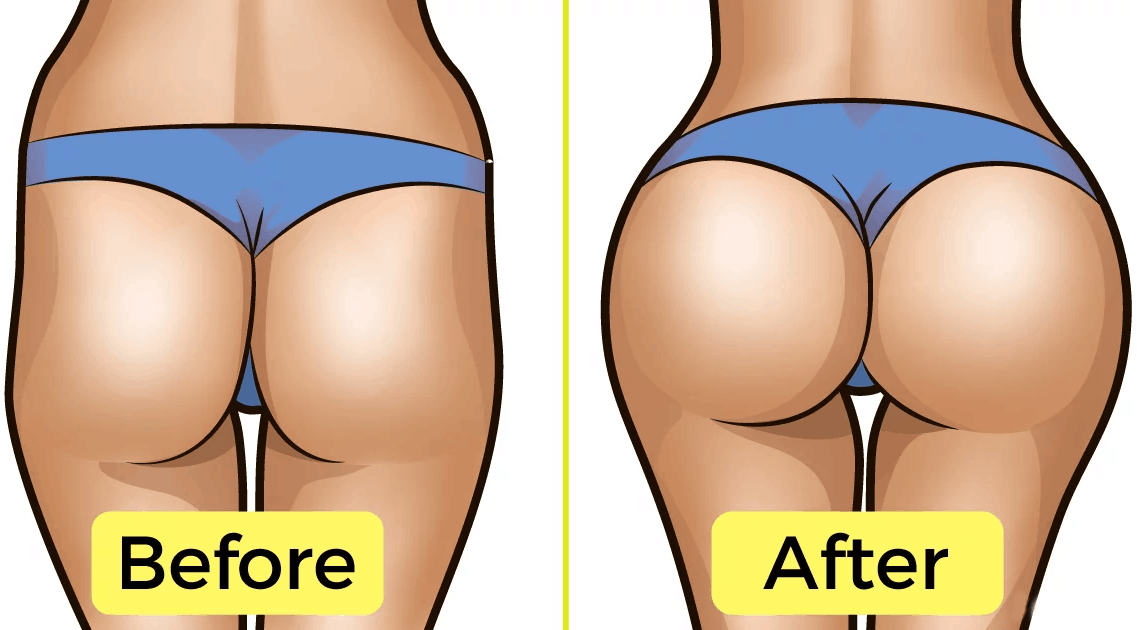
You might describe your hip dips as having “weird hip proportions” and it can make you hate the look of your hips.
And the worst part is even if you lose a lot of weight and workout your abs you won’t be able to get rid of this indentation on the side of your hip.
Don’t lose hope yet! The good news is you’ll be able to correct your hip dips by following the exercise and diet tips below.
So what are the causes of hip dips?
Your bone structure plays a big role in the causes of hip dips. Your iliac crest on your hip bone and greater trochanter major (femur head) can have too much distance between each other. This is what causes hip dips to develop.
So depending on your body structure you could have too much distance between these bones. Unfortunately, your body structure will determine how big of a hip divot you’re most likely to have.

So if you have wider and higher hips then you’re much more likely to have a bigger angle to your femur. This will create a larger space between the top of your pelvis (hip bone) and the trochanteric depression. This causes hip dips to become more pronounced.
Hip dips are caused by bone structure, size of the muscle, and fat distribution that’s not in cosmetic alignment.
It can really vary from person to person depending on the size of your hips and the shape of your pelvis. Women have the most problem with hip dips but men can also get them too.
So if you have too much distance between your hip bone and your greater trochanter then it’ll be much more difficult to get rid of the hip dents.
You also have to consider your muscle and body fat distribution as well in your hip area if you’re trying to get wider hips. If you’re lacking muscle in your hips then the depression of your side hip area will be greater.
Also if you have more fat on your hips then you’re also more likely to increase the appearance of the hip divot. If you have trouble with this body part area then you can also check out my best exercises to get rid of saddlebags.
Secret to Getting Rid of Hip Dips Fast
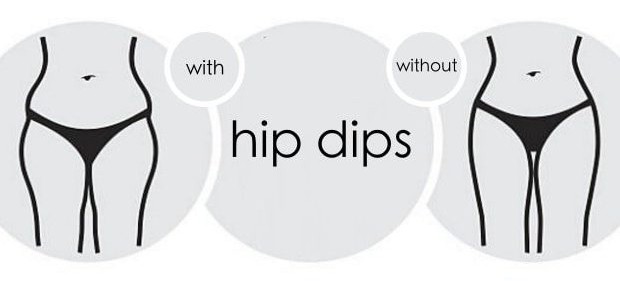
The big secret to lessening the appearance of your hip dips is to lower your total body fat percentage. If you have excess fat on your hips, abs, and thighs then the indentation on your hip dips will look even worse.
Why losing weight won’t get rid of hip dips…
So the secret is to increase the muscle mass on the side of your hips to give your hips a more filled-out look. But losing weight can make this part of your body look worse!
No matter how much weight you lose or how skinny you become you can still increase the appearance of hip indentation. This is because you will not be changing how much fat is on your body or the muscle on your hips just through weight loss.
This is why so important to lower your body fat percentage instead. Otherwise, you’ll become “skinny fat” causing your hips to sag even more unless you have some muscle to round them out.
This is why stubborn fat is so difficult to lose. Even naturally thin people can still have love handles because they still have too much overall fat on their bodies. If you’re looking for ways to trim down this part of your body then a proper diet and the right exercise routine will be the key.
I know it can feel like you have an entire hole on the side of your hip. And it can feel very weird but it’s more than attainable to at least lessen the appearance of your hip dips. If you want to know how to lose thigh fat then check out my best exercises too.
Best Exercises to Lose Hip Dips
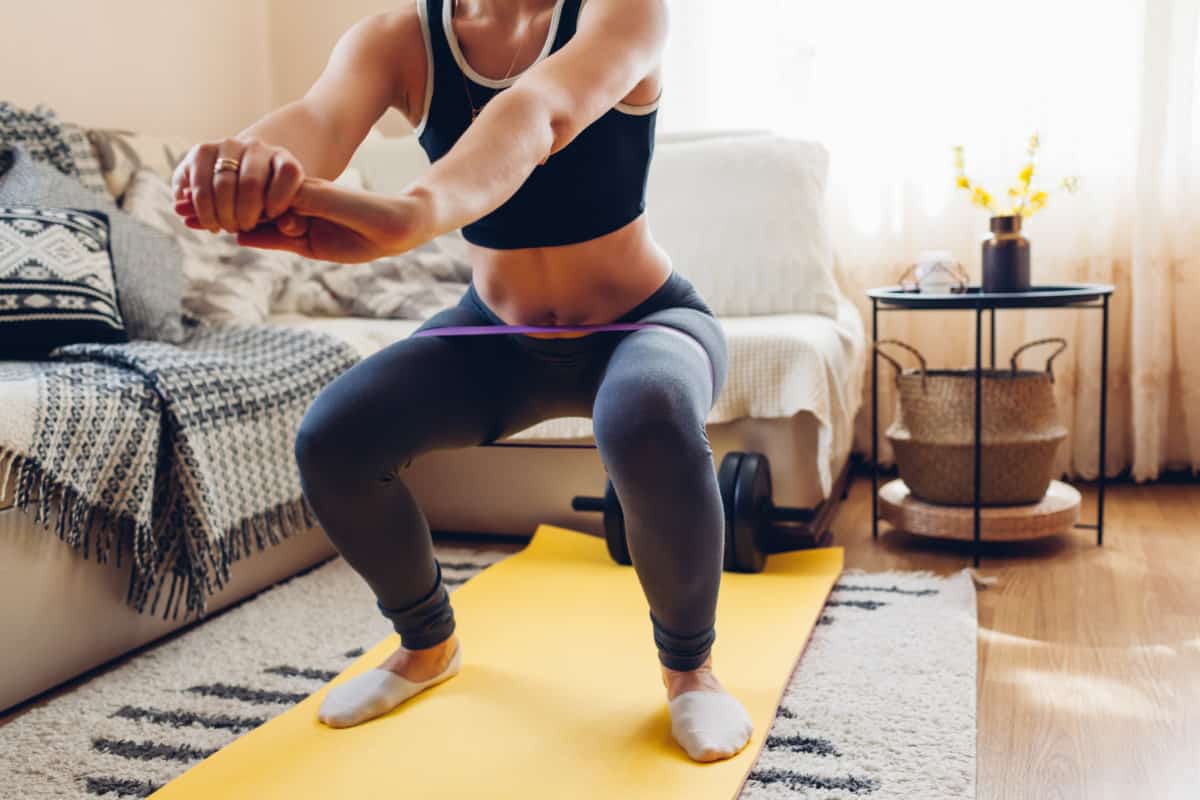
To fill out the side of your hips you’ll have to use strength training exercises that target your side hip muscles. Most specifically you’re going to want to use these exercises to build muscle in your glutes. This includes the gluteus maximus and the gluteus minimus.
Be careful training your gluteus medius as it can actually make the appearance of your hip dips even worse. This is because your gluteus medius lays on the top outermost area of your hips which can make the top of the violin appearance even more pronounced. So try to avoid exercises that directly target your gluteus medius for this very reason.
Also, be careful training your TFL (tensor fasciae latae) as it’s not an area that you really want to be training. It can cause your hips to tighten while also increasing the appearance of your hip dips. This body part is found on the lower part of your outside hip about where the pockets on your pants would be.
Be sure to read below these exercises to find out how to implement them in a full-body workout. Just doing these exercises alone won’t fix your hip dips since you need a total body workout for overall fat loss and muscle building.
Fire Hydrants
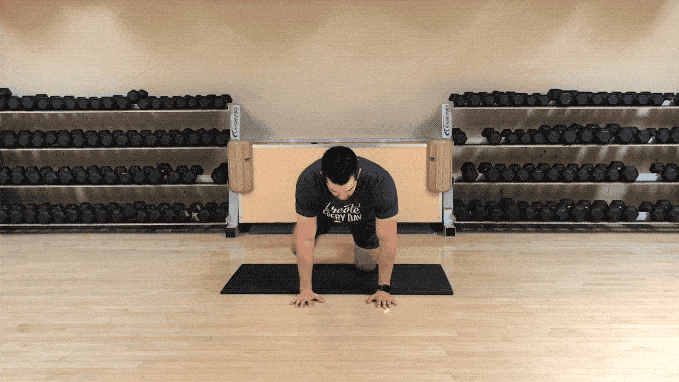
- To do Fire Hydrants first start off on all fours.
- Raise your left leg out to the side so that your knee matches the same height as your hips.
- Then slowly bring your left leg back down to the starting position before repeating again.
Horseback Riding
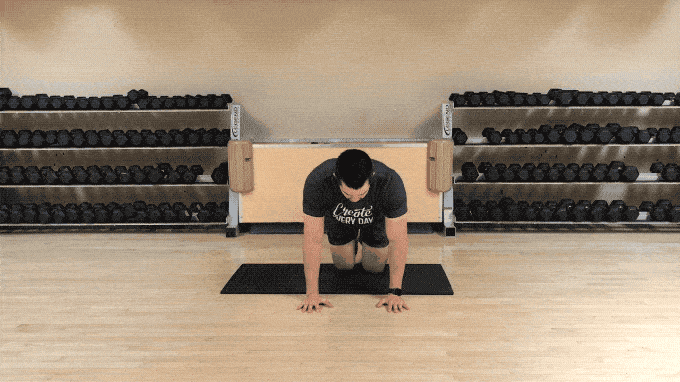
- These are similar to Donkey Kicks but work your hip dip much better. To do this alternate version of Donkey Kicks first start off on all fours.
- Begin making circles with one knee going forward and then halfway switch directions so your knees going backwards.
- Repeat on the other side
Curtsy Lunge
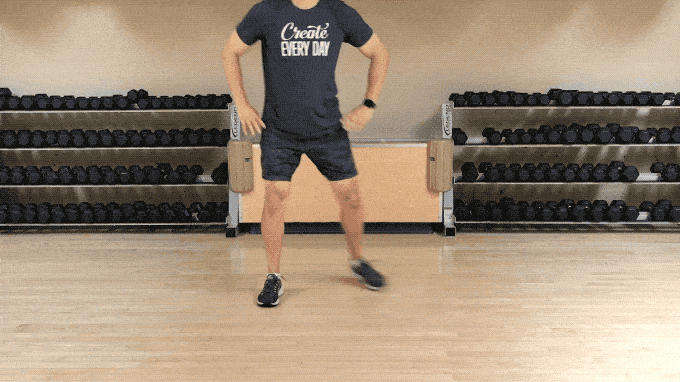
- To do the curtsy lunge on one side start off in the standing position with your feet hip width apart and your hands on your hips or holding a pair of dumbbells.
- Slowly begin to lower the foot on your right leg back behind your body while bringing it back behind your stationary foot.
- Lower your back knee of your right leg towards the floor in a reverse lunge position. Then bring your foot of your right leg back up to the starting position and alternate to the other side.
Side Step-ups
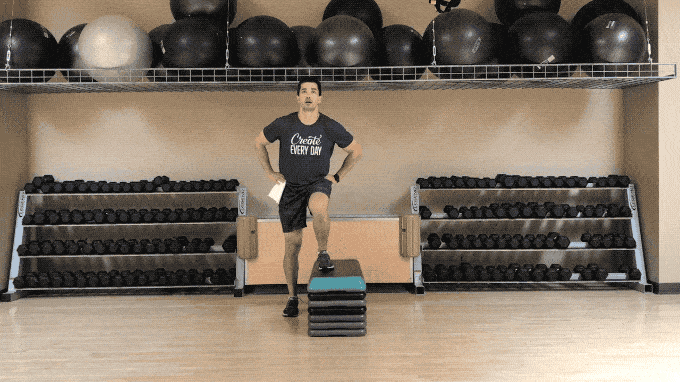
- Place a box about knee height to the side of your foot.
- Then while holding a pair of dumbbells or with your hands on your hips place one foot on top of the box.
- Step up on the box while standing tall at the top before slowly lowering your leg back to the ground. Repeat on both sides.
Side Band Steps

- Find a resistance band and wrap it around your leg so it’s right above your knees.
- Then bend your knees a little as you squat down.
- Take big wide steps side to side slowly and deliberately. Go about 10 steps one way before coming back 10 more steps. Try to never bring your feet too close together to keep constant tension on the band.
Band Squats
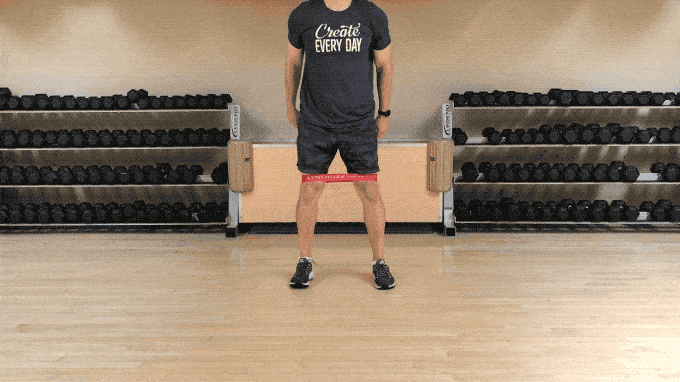
- Place a resistance band right above your knees.
- Take a stance or your feet are about shoulder width apart with your feet pointed straight ahead. Make sure there’s some tension on the resistance band.
- Slowly begin to lower your hips towards the ground while keeping your knees over your toes.
- Imagine you’re taking a seat on a chair that’s behind you. Pause for a quick second when your thighs reach parallel to the floor before coming back up to the standing position.
Glute Bridges
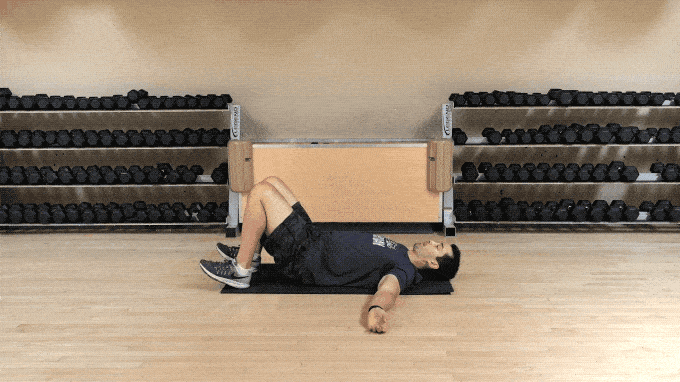
- To do glute bridge first lay on your back with your knees bent, toes up and you’re arms out to the side.
- Begin raising your hips up off the ground until they reach the top.
- Pause and squeeze your cheeks at the top for a long second before returning it back down to the starting position.
Hip Thrusts
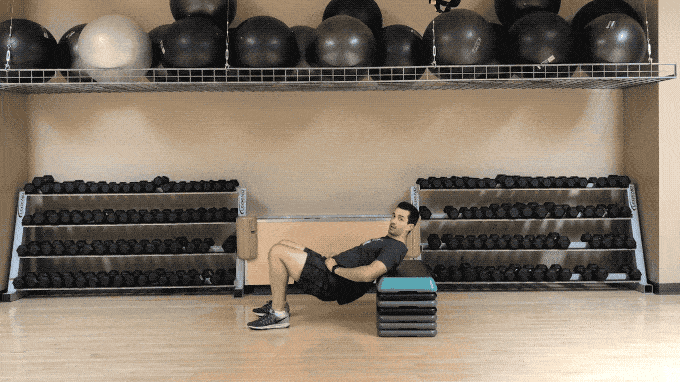
- Find a box that’s about knee height or you can use a chair too.
- While having your hips on the ground place your upper back so it matches up against the box. Make sure your upper back is firmly on the box before you coming up.
- Then begin to raise your hips up towards the ground while keeping your chin to your chest.
- At the top pause and hold for long second while squeezing your cheeks before returning back down to the starting position. Try not to let your hips touch the ground again until you’re all the way finished.
Clamshells
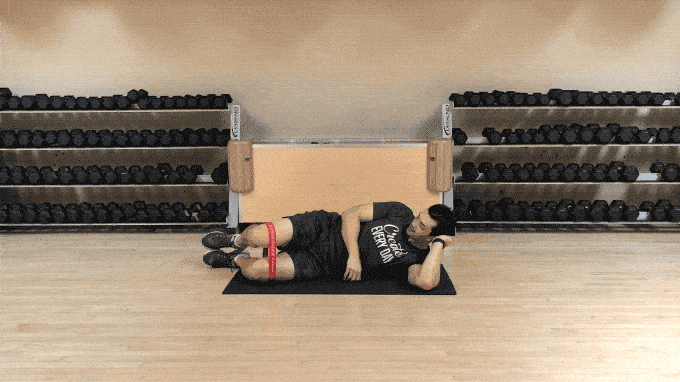
- Lay on your side with your knees together and bent with a resistance band up above your knees.
- Slowly begin to lift your top knee off the bottom knee while keeping your feet together.
- At the top try to hold for a little longer before returning back down to the bottom knee.
Side Leg Raises
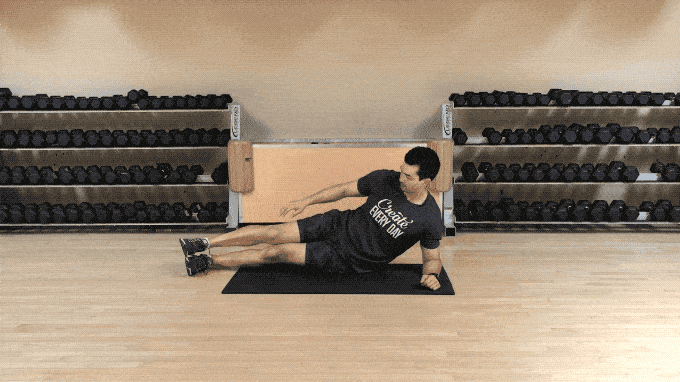
- To do a Side Leg Raises lay on your side with your body straight and your elbow underneath your shoulder.
- Raise your hips up off the ground so there’s a straight line from your bottom shoulder to your bottom foot.
- Then while holding this position begin to raise your top leg up off the ground before returning it back down to the starting position.
- If you’re not strong enough to do this while lifting yourself off the ground you can also do it while laying on the ground.
Hip Dips Workout Plan
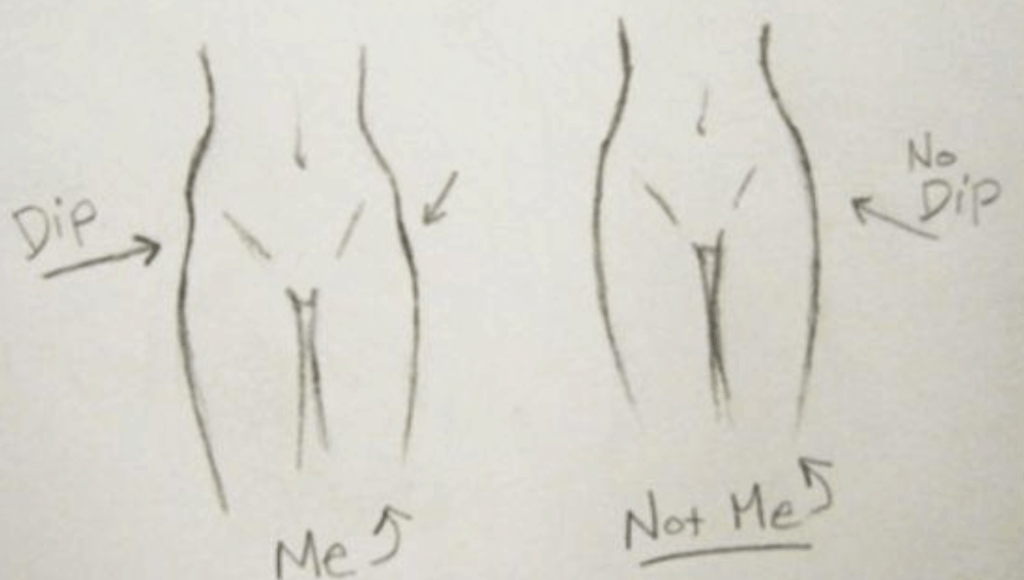
So the best way is to implement the above strength training exercises into a full-body workout. Full-body workouts will burn more fat since it’s more physically demanding and you’re recruiting more muscle.
To do a full-body hip dips workout like this start by combining the above exercises with a HIIT (High-Intensity Interval Training) program. By doing a full-body workout and adding in these exercises you’ll have a better chance at target toning your side butt muscles.
HIIT workouts have been backed by science to burn much more fat compared to traditional slow-go cardio workouts like jogging. It’s known as the Afterburn effect.
Your body will continue to burn calories many hours after you finish these HIIT workouts. This is because these total body workouts create a “metabolic disturbance” in your body. This means your body has to work extra hard to bring it back to a normal state thus burning more calories.
Then make sure you’re also doing a total body weight lifting workout routine. The best is Metabolic Resistance Training (MRT) which will have your body burning fat while gaining lean tone muscle at the same time to better shape your body.
Just doing HIIT workouts may not be enough to round out your hips and really fill out your hips dips. Adding in a total body resistance training program like MRT will be the perfect 1-2 combination. You’ll work all the major muscle groups resulting in more fat loss.
For a complete HIIT + MRT workout plan to go great with the best exercises to get real hip dips then check out The Flat Belly Formula system.
Lose Hip Dips WITHOUT Exercise
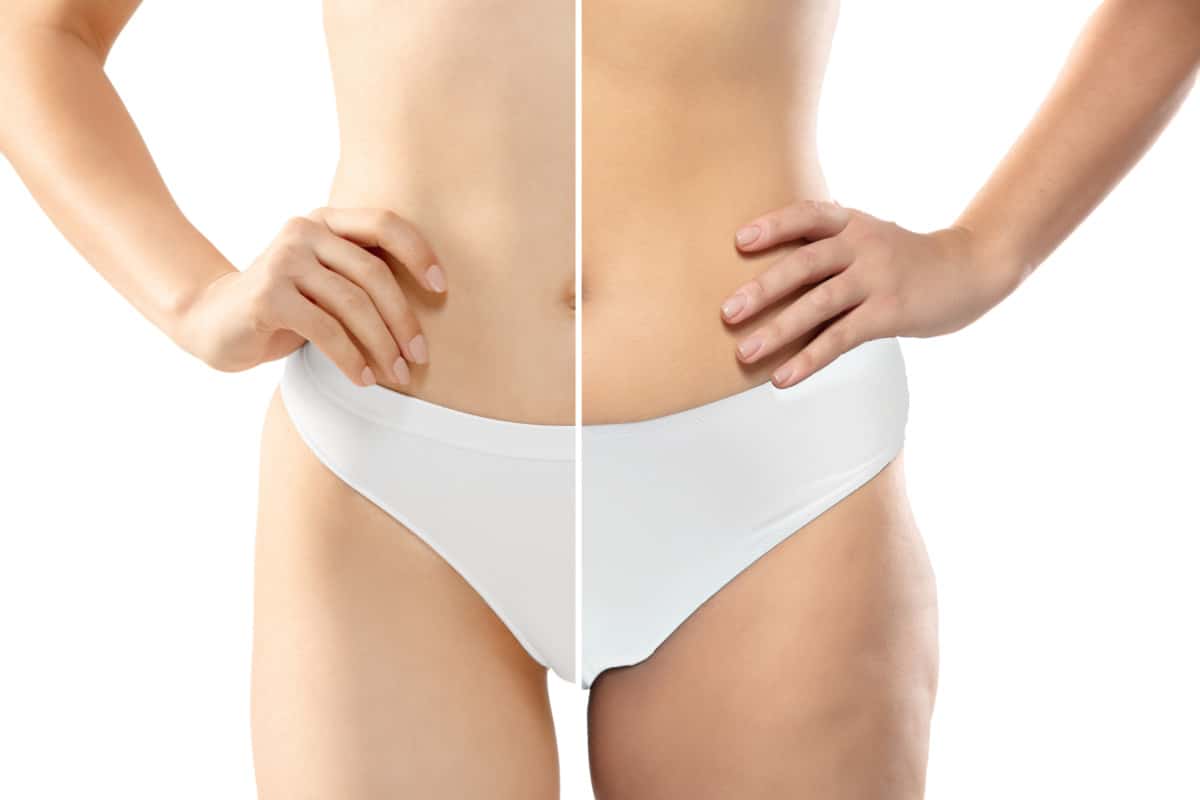
Once again it’s going to be pretty hard to fix your hips dips without exercise. But there are some simple science-backed dieting strategies you can use to fill out your hip dips.
This includes eating more whole real foods instead of processed ones to start. Start eliminating the sugar and refined carbohydrates from your diet. It can cause your insulin and blood sugar to spike making your body gain more fat.
Go into your pantry and kitchen then throw out all the junk food you can find. Junk food increases your overall fat tissue and weight contributing to the saddle bags.
Consider cutting out your alcohol intake too. These empty calories in alcohol also contribute to excess weight gain by inhibiting fat burning.
Make sure your calorie intake is lower than what your body burns off per day is an obvious one. It doesn’t matter if you’re eating the healthiest food in the world or if you’re eating too much.
A good number for women is 1200 to 1500 calories per day. But you should adjust this number along with the macronutrients (protein, fats, carbs) to meet your certain needs.
Try to eat more protein in your diet. A higher amount of protein in the diet is linked to fat loss and will help you gain muscle to tone up your hips. If you have trouble getting enough protein in your body start taking a low-carb protein powder.
Only 4g of net carbs but 24g and 150 calories in each protein shake. Fights hunger, supports lean muscle & toning the body.
- 24g of grass-fed protein from pasture-raised cows
- cold-processed for highest quality undenatured bioactive protein
- gut friendly prebiotics + digestive enzymes for maximum protein absorption and easy digestion
How Long Does It Take to Get Rid of Hip Dips?
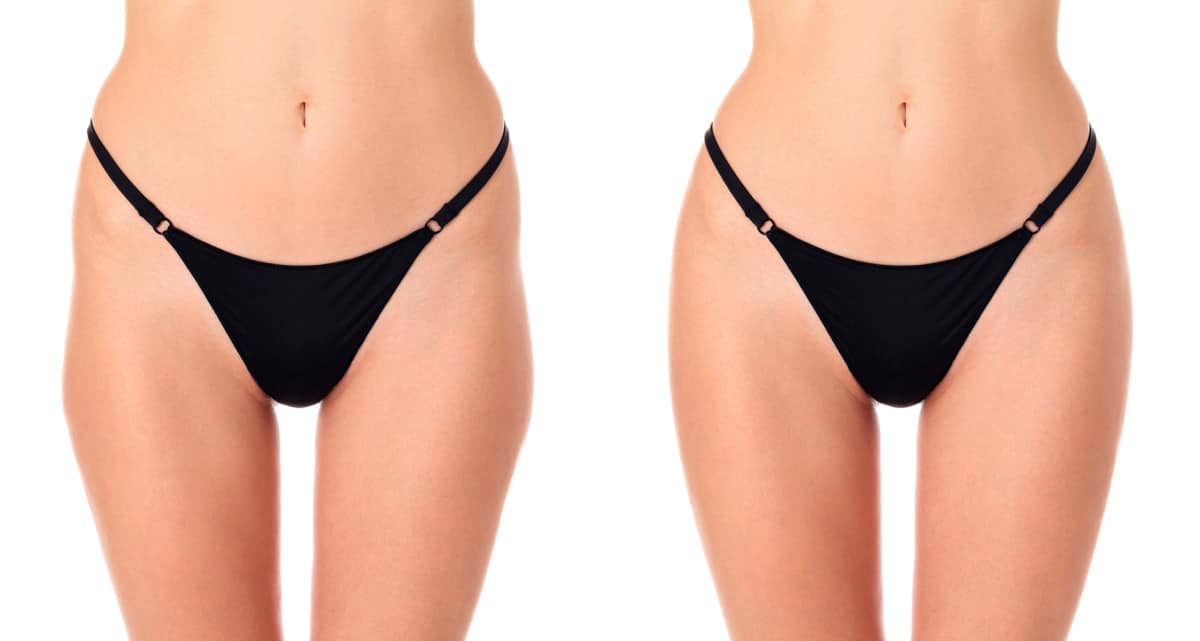
This is really going to depend on how much fat on your body you have to begin with. Unfortunately, the more fat you have throughout your body the more time it’s going to take to fix your hip dips.
But if you’re thin on the rest of your body and only have small hip dips then it’ll be a lot quicker to lose them. All you really have to do is continue to lower how much fat you have on your body while adding some muscle to the side of your hips.
If you don’t have much muscle around your hips then you’ll need more time. Not having much muscle mass in the muscle groups on the side of your hips will result in a more pronounced appearance of hip dips.
The exercises here will train the muscle groups on the side of your hips. Training the muscles around your hip dips will improve their appearance by toning up the area.
But keep in mind you’re still going to have to improve your body composition with overall fat loss too. This process of getting rid of your hip dips can take weeks or months depending on how much work you need to do.
Depending on your genetics you may only be able to lessen the appearance of your hip dips. But just by adding in these hip dip exercises and improving your diet you should start to see noticeable results even in a week.
Are hip dips normal?
If you have hip dips then you really shouldn’t think your body is abnormal in any sense of the matter. It’s perfectly normal to have hip dips and the truth is your genetics play a bigger role than you think with having them. Your genes determine the shape of your pelvis which greater influences the size of the hip dip.
With that said there’s also nothing wrong with wanting to improve your body. So if you really want to fix your hip dips then I’d use some of the exercises and dieting tips found here.
The Last Word
At the end of the day just remember there’s nothing wrong with having hip dips. Self love is important to have with any body type.
You can have hip dips and still love your body shape. Some people think they’re attractive and give you more curves.
With that said you’re also allowed to hate them too. You’re more than allowed to want to fix your hip dips and look your absolute best.
Unfortunately, if you were born with hip dip promoting bone structure then you’ll be fighting an uphill battle.
But you’ll still be able to significantly lessen the appearance of your hip dips through the right exercises & diet.
You’ll be able to tone up your entire body in addition to your hip dips.
The only way to lose stubborn fat like hip dips and love handles is to lower the amount of fat on your body and build muscle in the area you want to tone up.
Both of which will help to round out and slim down your hip dips and even love handles too. You may never get thigh gaps but you’ll for sure fill out your hips.
Using the above exercises, workout and diet strategies on how to get rid of your hip tips will have you getting results fast.
Josh holds a Bachelor’s degree in Exercise Physiology and Nutrition Science. He’s a Certified Strength and Conditioning Specialist (CSCS) by the National Strength and Conditioning Association and he’s a Certified Personal Trainer (CPT) by American Council on Exercise. He’s worked as a Strength and Conditioning Coach at the high school and college levels. He has over 15 years of experience as a personal trainer and nutrition coach. He strives to bring inspiration and results for people to live healthier lives through smart diet and exercise.

